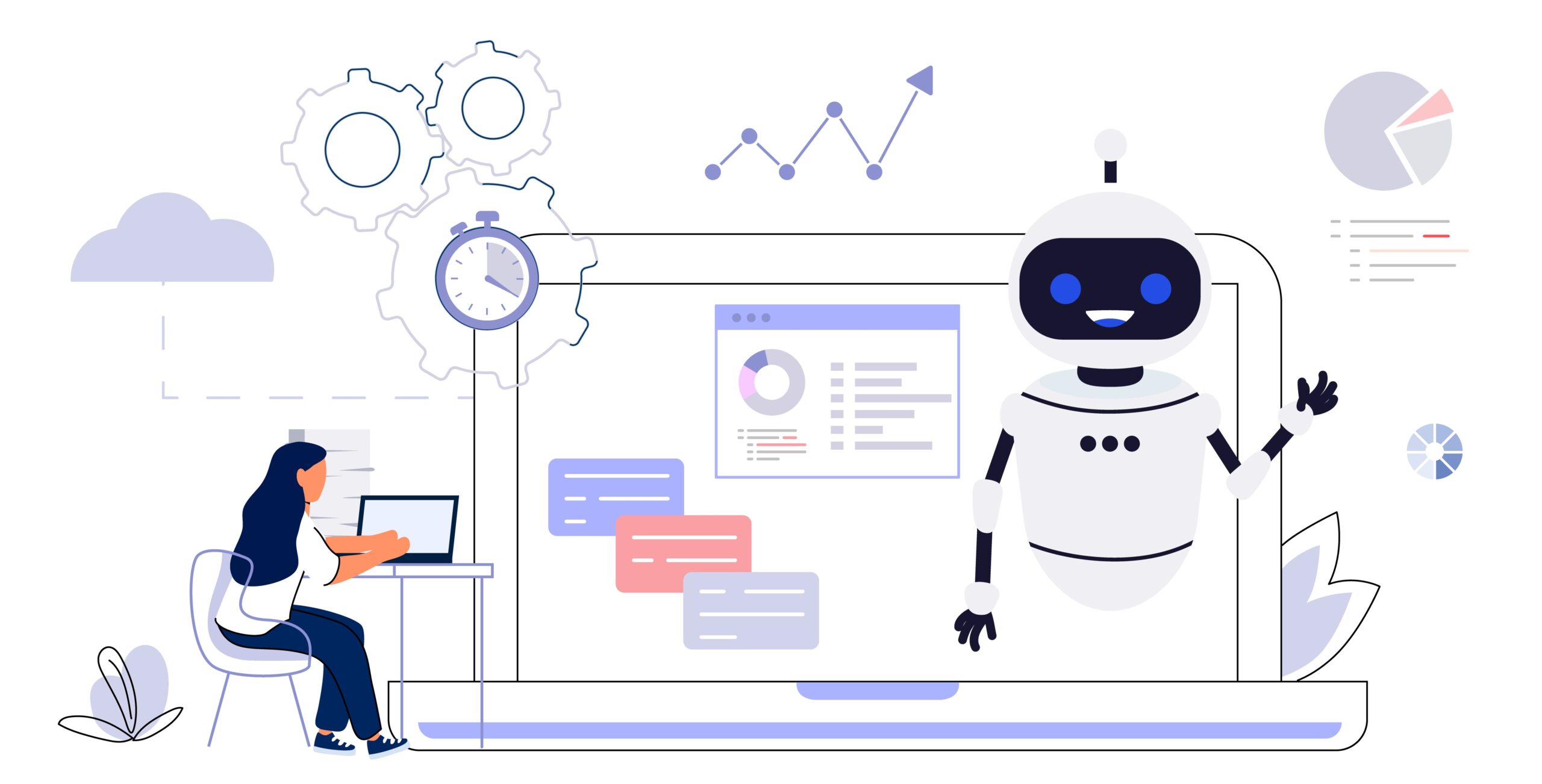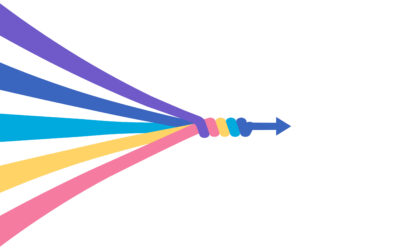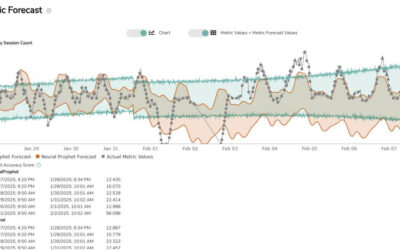Robotic Process Automation (RPA) has revolutionized the way businesses operate by automating routine and mundane tasks. It has provided organizations with the ability to save time and resources while increasing accuracy and productivity. Historically RPA exists to automate repetitive mundane tasks reliant upon manual access to Intranet, ERP, CRM, A/P, and HR applications. More recently RPA can extract information from digital content stored in document repositories or captured during content capture processing. A successful RPA implementation returns improved process efficiency, better data accuracy, and a lower cost point.
RPA’s use cases are vast, from automating invoice processing, payroll processing, claims processing, etc. Due to the fact that RPA does not require users to have low-level programming or coding skills, there may be misconceptions about the necessity of oversight for these processes. However, despite the benefits, it’s not as simple as ‘plug and play’ and then continue to scale robots. Let’s dive into the management, operational, and governance gaps your organization may have when it comes to managing your growing digital workforce.
1) RPA Platform Management
Effective RPA platform management is a critical component of managing RPA platforms to help ensure that RPA is used appropriately and effectively within an organization. The platform management gap in running an RPA environment refers to the lack of a comprehensive framework for actively managing RPA. This includes the roles, responsibilities, and processes associated with RPA operation, support, and oversight.
This framework should also cover basic items such as change management, incident management, and service level agreements. To have appropriate management, you need comprehensive insight into your RPA program. This will include:
- Performance metrics
- Performance metrics such as robot utilization, throughput, cycle time, error rates, and cost savings.
- Robot target applications
- Service level information for the applications the robots are automating; such as application availability, performance, and service levels.
- Operational insight
- Visibility into how the RPA platform is operating, such as RPA platform uptime, RPA database health, and system error rates.
Insight into these areas is critical for effectively managing and optimizing the RPA program’s performance and effectiveness. Without active performance, robot, or operational insight, managing RPA platforms involves too much guesswork.
2) RPA Governance and Oversight
Governance and oversight refer to the set of rules, processes, and controls put in place to manage and oversee the implementation, operation, and maintenance of RPA initiatives within an organization. This certainly includes the scalability of your RPA program; the ability of an RPA program to handle an increasing number of processes, transactions, and users without compromising performance, reliability, or oversight.
In terms of governance, oversight, and scalability, here are some key questions to consider regarding your RPA program:
- Is RPA scalability hindered by supporting RPA infrastructure?
- Is RPA scalability hindered by how your RPA platforms are currently managed?
- Are some RPA automated processes at a level of complexity that require additional resources?
- Is your RPA integrated with capacity-limited legacy systems?
- How will you know who has made changes or updates to the RPA environment?
As the RPA program grows, the risks associated with RPA, such as data privacy, security, and compliance risks, also increase, which requires effective governance and oversight to manage. Understanding who has administrator-level control to manage and change the RPA configuration and access becomes increasingly important given the business-critical applications touched by robots.
While RPA platforms can deliver rapid impact, they do not easily adapt to changes in the target applications. Updates, new versions, or replaced target applications that are key to a robotic process will result in a failure or even worse – incorrect data. Error management of RPA automations is typically a challenge at scale. All of this points to the need for an effective governance and oversight framework for RPA programs to abide by.
Filling your RPA management gaps
As your RPA program matures, proper planning, management, and tools will reduce your RPA programs operating risk driven by gaps in RPA platform management and governance. Gaining control over your RPA program not only mitigates risk but ensures the most ROI from your RPA investment.
Solutions such as Reveille for Hyland RPA and Reveille for Kofax RPA provide agentless management capabilities to ensure the continued health and productivity of those RPA platforms. This ultimately allows organizations to have that comprehensive framework to actively manage roles, responsibilities, and processes associated with RPA. Alongside the ability to manage robots at scale, know performance, and have automated notification when issues occur.
For more on Reveille’s solutions for RPA, contact us today!





